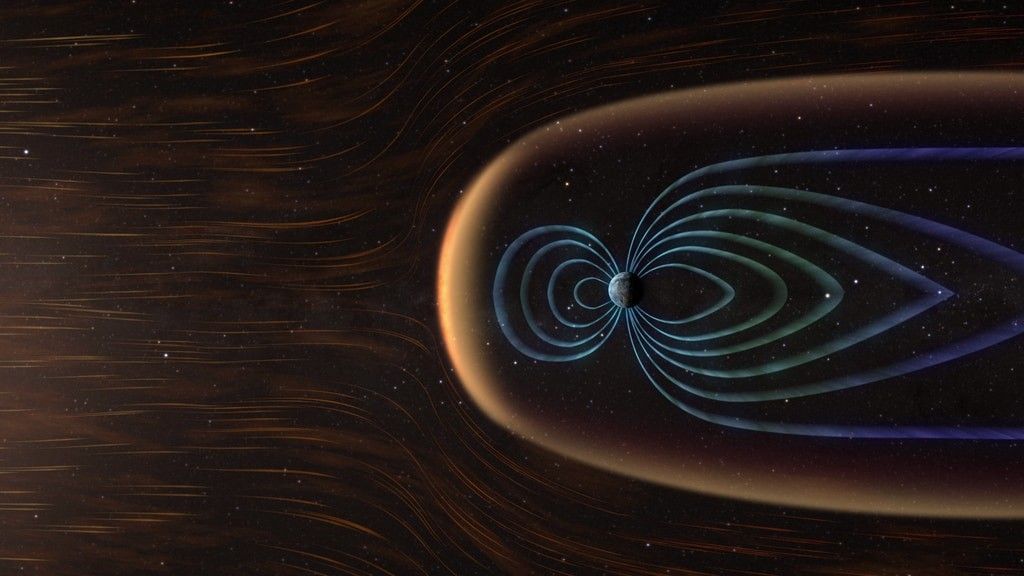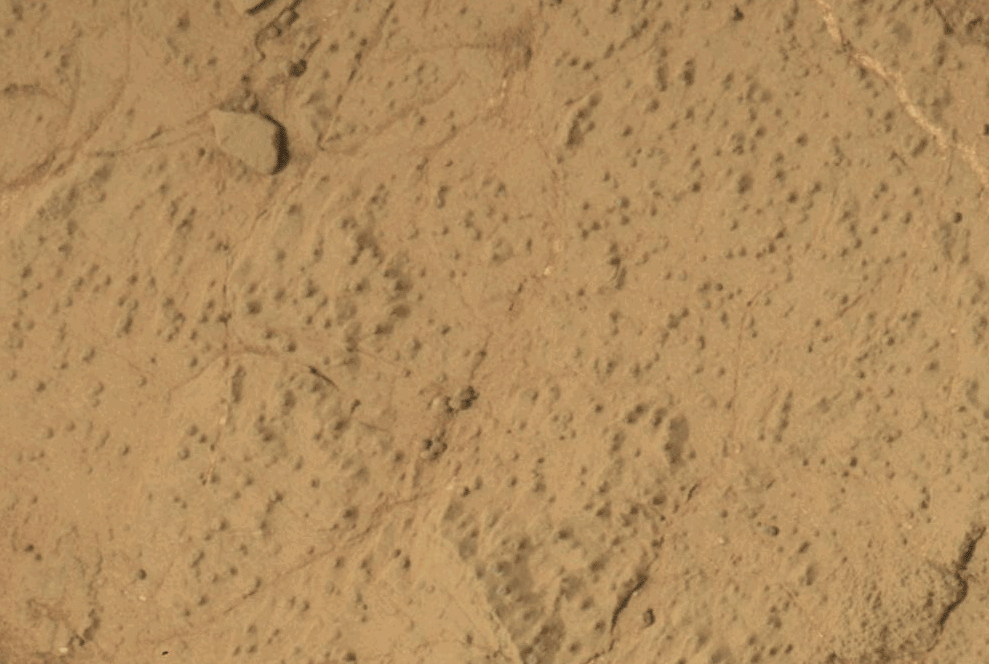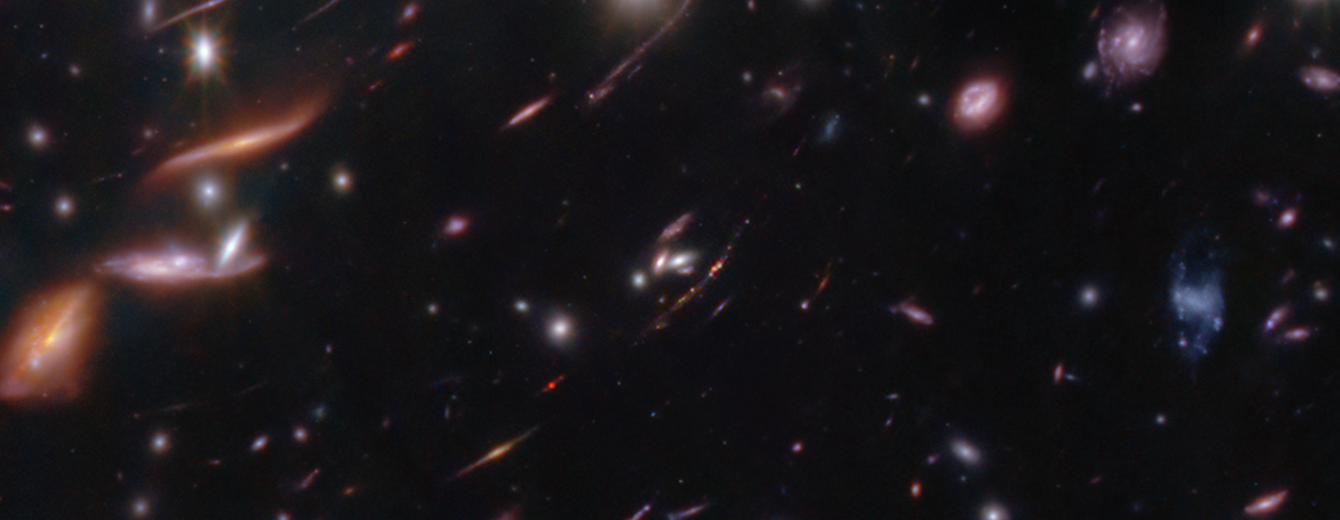Astronaut Captures Rare Gigantic Jet from ISS

NASA astronaut Nichole Ayers captured a stunning image from the International Space Station, revealing a gigantic jet, a rarer phenomenon than sprites, a type of Transient Luminous Event (TLE). Gigantic jets are powerful electrical discharges extending from thunderstorm tops into the upper atmosphere, requiring specific turbulent conditions to form. Unlike sprites, which form higher in the atmosphere after lightning strikes, gigantic jets erupt directly upwards from the thundercloud top, creating an electrical bridge between the cloud and upper atmosphere. This discovery provides valuable data for studying atmospheric electricity.
Read more





